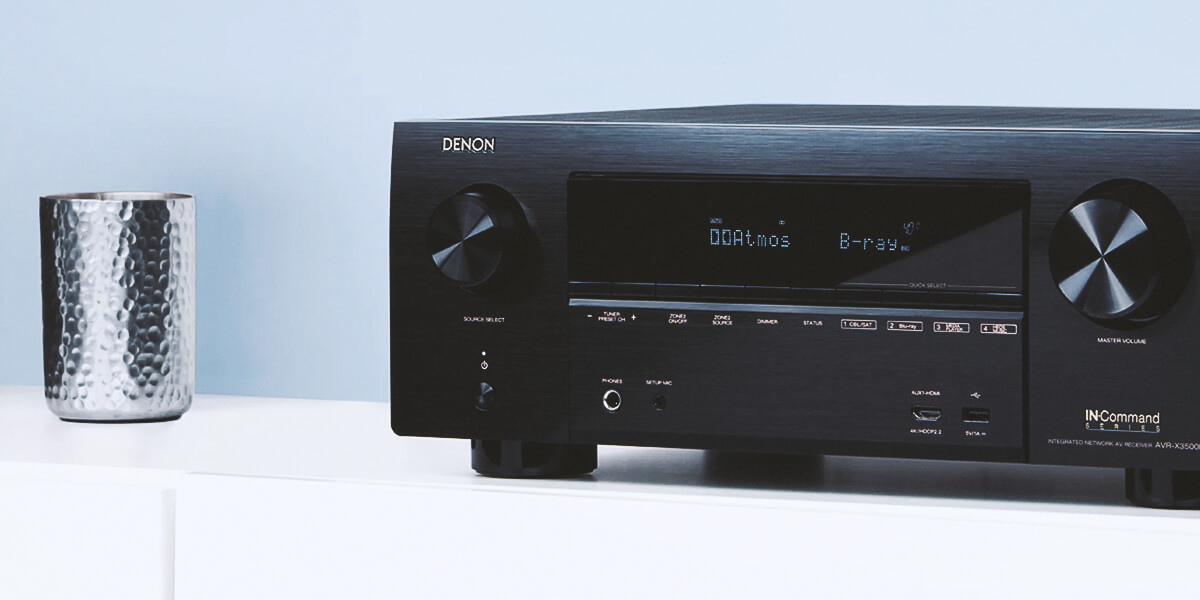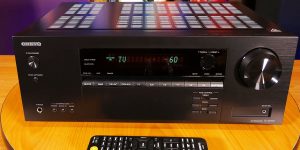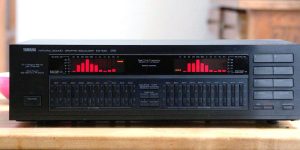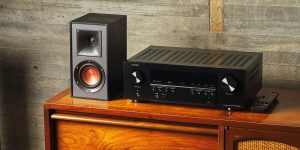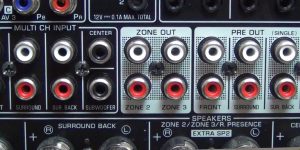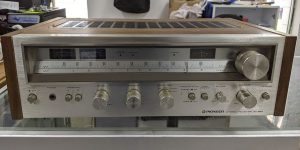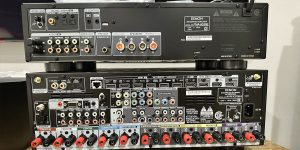If you are considering creating a home theater system, you might be curious about what do channels mean on a receiver. A full understanding of this aspect is important to attain an immersive audio experience that suits your particular needs. In this article, I will explain the implications for each of the most common configurations for your home theater arrangement.
What do the numbers in the speaker channels mean?
The audio systems often refer to setups such as 2.1, 5.1, 7.1, and 9.1, as well as configurations like 5.1.2, 7.2.2, and so on. The first number represents the number of speakers positioned around the listening area, often on the floor or dedicated stands, while the second – indicates the number of subwoofers, usually one or two. Finally, the third digit is the number of high-mounted speakers, which can be ceiling-mounted or placed on top of lower speakers, depending on the listener’s distance from the front speakers and room characteristics.
2 – channel systems
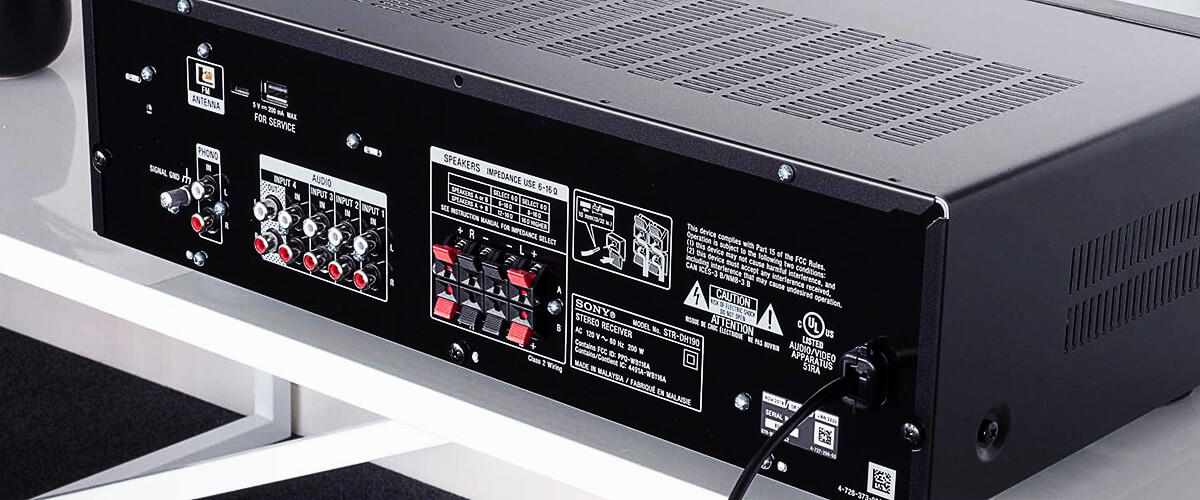
The 2.0 speaker setup delivers a fundamental stereo sound encounter, which can be fitting for enjoying music or viewing television programs, particularly in compact spaces. The audio is distributed between the two speakers, creating a sense of space in the sound.
A 2.1-channel system adds a subwoofer to the setup, providing a more balanced sound by filling in the lower frequencies that the main speakers cannot reproduce. This is especially important for music with prominent bass and drum beats.
Today, the market offers a large selection of surround sound receiver models with different costs and possible configurations of audio channels, such as 5.1, 7.2, 9,1, and more. To create a three-dimensional surround effect, the minimum configuration of audio channels is 5.1. Keep in mind that, regardless of the chosen configuration, speaker build quality and placement, as well as audio settings, are crucial to the acoustic performance of the listening area.
5 – channel systems
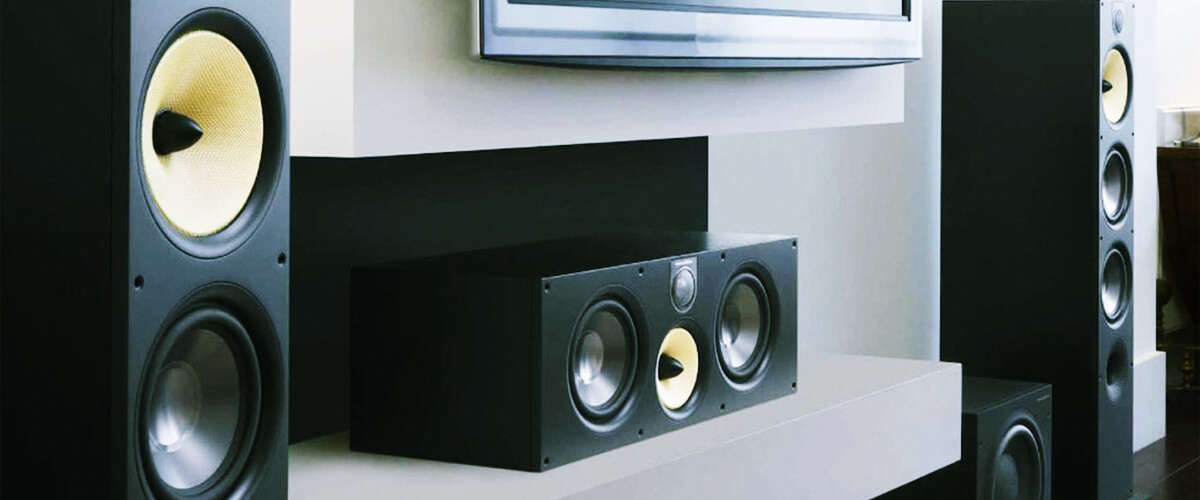
In a 5.1 surround sound setup, the center speaker is responsible for projecting dialogue, while the remaining speakers (front right, front left, and two for the sides surround) create an enveloping sound experience. The subwoofer, which produces low-frequency sounds such as bass, is typically placed in front of the listener. This configuration meets the minimum requirements for achieving an immersive surround sound experience.
7 – channel systems
For a more dynamic audio experience in larger spaces, consider upgrading to a 7.1 receiver channel system. This setup includes two additional rear speakers that provide a well-rounded soundstage in addition to the standard 5.1 setups. This is because, in this setup, the side surround speakers are not required to process both rear and surround sound simultaneously. Moreover, a 7.1 setup can be used to enable Dolby Atmos support, provided that your AV receiver can support a 5.x.2 configuration, where “2” is a number of “Dolby Atmos enabled” speakers dedicated to function with such content, utilizing either upward-firing drivers or reflective technology to create a heightened audio effect by directing sound toward the ceiling.
9 – channel systems and higher
Typically used in more advanced home theater systems, a 9.1 surround sound system adds two additional front-height speakers, which provide an even more overhead audio experience. They are typically placed above the front left and right speakers and directed straight toward the listener to achieve the finest audio quality, creating an even greater immersion effect.
Do I need 3D sound in my home theater system?
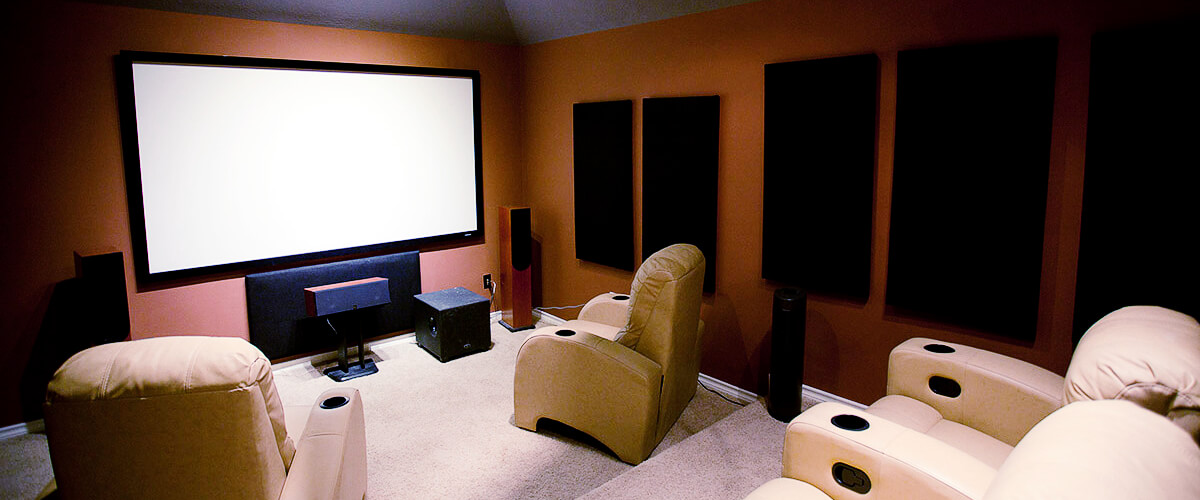
More and more home theater enthusiasts are favoring 3D sound, also referred to as object-based audio. This type of audio creates a highly realistic and immersive experience by placing sound effects in specific locations in the room rather than limiting them to specific channels. For an immersive audio experience, a 3D sound setup is a great option to consider. It creates the illusion of sound coming from every angle, making you feel like you’re right in the middle of the action, as well as how it feels when visiting a cinema.

